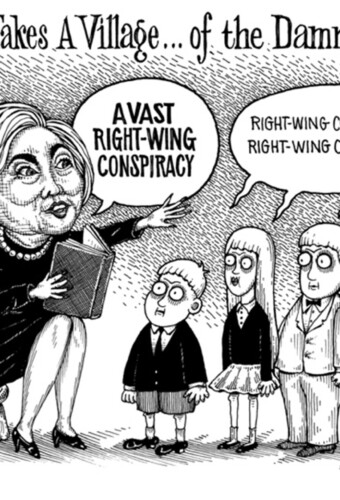By Laura Schmitt

Mark your calendar for February 13, the date of the special election to fill the 3rd congressional district seat vacated by George Santos. The GOP has chosen Mazi Pilip, the current Nassau County District 10 legislator, to run on the Republican line. This election has national consequences as the razor thin GOP majority lies in peril. Millions of dollars are pouring in from national sources to sway your vote.
Mazi has proven to be a tough campaigner. She gave birth to her sixth and seventh children, twin daughters, weeks after winning her first election to become Nassau County District 10 Legislator in 2021. She handily won that election by a margin of 7 points! In 2023, she easily won re-election.





